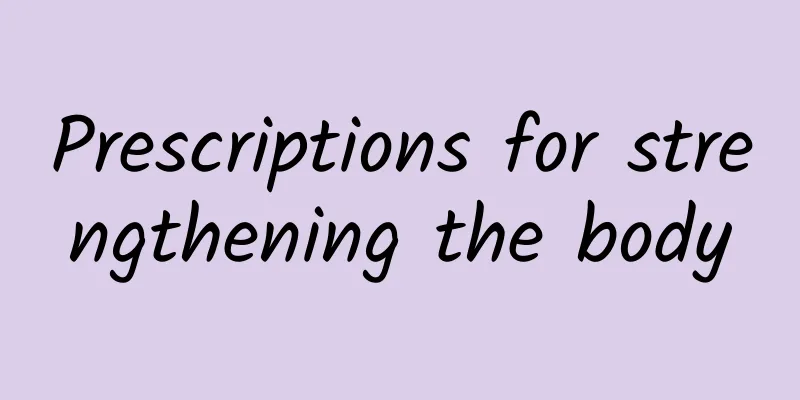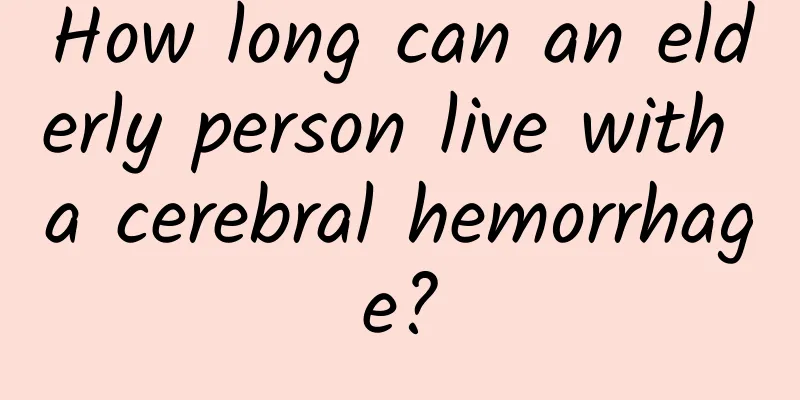How to treat hand-to-mouth disease in the early stage

|
Hand, foot and mouth disease is a contagious disease. As the name suggests, the main sites of disease occurrence are the hands, heels and feet. It has a certain course of disease, and the treatment methods are different in different stages. For example, in the early stage of hand, foot and mouth disease, we can treat it through some methods. So how do we treat hand, foot and mouth disease in the early stage? Hand, foot and mouth disease is an infectious disease caused by enterovirus. There are more than 20 types of enterovirus that can cause hand, foot and mouth disease, among which Coxsackievirus A16 (Cox A16) and enterovirus 71 (EV 71) are the most common. It mostly occurs in children under 5 years old, with symptoms such as mouth pain, anorexia, low fever, and small blisters or ulcers on the hands, feet, mouth, etc. Most children recover on their own in about a week, while a few children may develop complications such as myocarditis, pulmonary edema, and aseptic meningoencephalitis. The condition of some seriously ill children progresses rapidly, leading to death. Currently, there is a lack of effective treatment drugs and the main treatment is symptomatic. 1. Treatment of common cases: ( 1) Strengthen isolation: avoid cross infection, get adequate rest, eat a light diet, and take good care of your oral cavity and skin. (2) Symptomatic treatment: fever, vomiting, diarrhea, etc. should be treated accordingly. (3) Etiological treatment: Ribavirin, etc. 2. Treatment of severe cases: (1) Cases with concurrent nervous system involvement: ① Symptomatic treatment: such as cooling, sedation, and anticonvulsant (diazepam, sodium phenobarbital, chloral hydrate, etc.); ②Control intracranial hypertension: limit the intake, administer mannitol for dehydration, the dosage is 0.5-1.0g/kg each time, Q4h-Q8h, adjust the administration time and dosage according to the condition, and add furosemide if necessary; ③ Intravenous injection of immunoglobulin: 1g/kg twice or 2g/kg once; ④ Use glucocorticoids as appropriate: methylprednisolone 1-2 mg/(kg·d), intravenous drip in 1-2 times. Severe cases can be treated with short-term high-dose granules: methylprednisolone 15-30 mg/(kg·d), which can be reduced to a small dose after 3 days; ⑤For patients with respiratory failure, mechanical ventilation should be provided and respiratory management should be strengthened. (2) Cases with combined respiratory and circulatory system involvement: ① Keep the airway open and inhale oxygen; ② Establish intravenous access and monitor respiration, heart rate, blood pressure and blood saturation; ③ In case of respiratory failure, timely endotracheal intubation, use of positive pressure mechanical ventilation, and adjustment of respiratory parameters at any time according to blood gas analysis; ④ Use vasoactive drugs and immunoglobulin G when necessary. |
<<: Symptoms of foot-mouth disease
>>: What are the symptoms of hand-mouth disease?
Recommend
What are the effects and functions of drinking Cassia seed and hawthorn soaked in water?
People with high blood pressure know that Cassia ...
Don't touch a woman's breasts, or they will be cut off
Breast cancer has become the number one killer of...
Family genetic disease
Diseases are very common, and their treatment req...
Symptoms and treatment of premature ovarian failure
There are many symptoms of premature ovarian fail...
What to do if you have acne due to spleen deficiency? Three folk remedies are effective in removing acne
Generally speaking, if a female friend has sympto...
Why can't I sleep because of leg trouble?
Numbness in the legs at night is a phenomenon tha...
What causes blood in urine after sex? What should you pay attention to before sex?
Many men find themselves having hematuria after h...
How to deal with fat particles on children's faces
If your child has fat particles on his face, pare...
Can mud moxibustion treat uterine cold?
It is a big problem for women to have a cold uter...
Separation of left and right renal pelvis
The renal pelvis is the place connecting the kidn...
What foods can cause miscarriage in pregnant women
Pregnancy lasts for ten months and delivery takes...
How to quickly eliminate blood stasis
Many people have encountered blood stasis in thei...
Can I still wait for the birth if the placenta is aging?
The placenta is the place where a woman supplies ...
How to remove hepatic duct stones
The stones in the human body are mainly formed by...
Price of Panax notoginseng powder
Panax notoginseng powder is a traditional health ...









